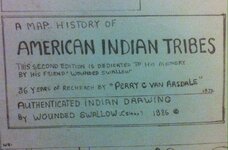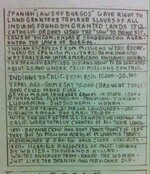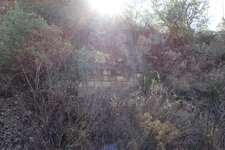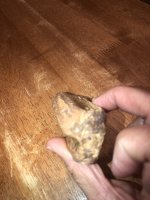cactusjumper
Gold Member
Steve,
both pictures are slag. The top picture is iron ore slag, the bottom silver ore slag.
It seems possible that the Guevavi slag stories were created to give legs to the Jesuit treasure tales, as nothing further came from them.
Take care,
Joe
both pictures are slag. The top picture is iron ore slag, the bottom silver ore slag.
It seems possible that the Guevavi slag stories were created to give legs to the Jesuit treasure tales, as nothing further came from them.
Take care,
Joe




 We could go a few rounds on that
We could go a few rounds on that 





